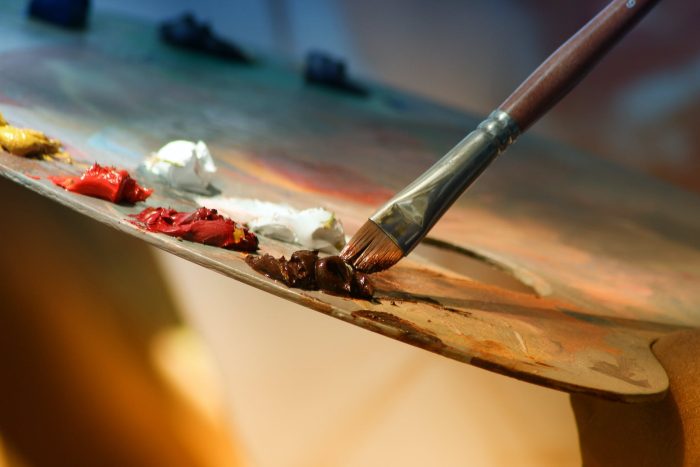Before civilization, artists scratched images in rocks, then, as millenniums progressed, the art world began to grow and flourish with new techniques, styles, and mediums. As art evolved over eons, the way we view, value, and express art has changed substantially.
Today’s digital artists are more likely to create works on a computer monitor or use a 3D printer to shape an object than spending weeks drawing on paper or painting on canvas to fashion a recognizable image.
Here is a quick journey through time to revisit the story of art:
Art in the Paleolithic Era
Paleolithic art is a collection of prehistoric cave paintings, rock carvings, and artworks like jewelry and bone sculptures that are estimated to be more than 40,000 years old.
Art in Early Civilizations
Ancient art dates back to 3500 BC. The earliest known examples of ancient art are found in the architecture of ancient civilizations In Ancient Egypt, tombs were decorated with paintings on the walls or ceilings to depict what life might have been like in the afterlife. Then in Ancient Greece, there was an emphasis on studying mathematics and geometry for creating architectural forms that still stand today in Athens.
The Art of the Middle Ages
The medieval period is the era that began with the fall of the Roman Empire and ended with the beginning of the Renaissance. It covers a span from approximately 400 AD until about 1500 AD. Much of the art expresses religious ideals.
The Art of the Renaissance
The Renaissance is most often used to describe the cultural achievements and intellectual and artistic output in Europe. Art historians usually focus on the Italian Renaissance as expressing the finest art of this era. People were now more closely focusing on human beings and the sensual life. The main ideals of the Renaissance were to focus on humanism and the natural world.
The Rest of the Story
After the Renaissance, many more artistic genres appeared and then faded away, each offering unique descriptions of the world of people and animals and landscapes and abstract ideas.
Baroque art arose in 1600 Italy to revive Christian art; Neoclassicism arose in the 18th century to recall the symmetry of Grecian art; Realism occurred after the French Revolution in 1848 to strip away human illusions; and Modernism was a return to idealism through abstract images to create dreamlike art.
Today’s art is referred to as Contemporary Art. It is hard to define, other than referring to it as a mix of various artistic genres.
The history of art is the story of human creativity. The human race has always been creative–from using stone scratchings on rock walls to making realist or abstract art to designing images using Adobe Illustrator.









Read 0 comments and reply